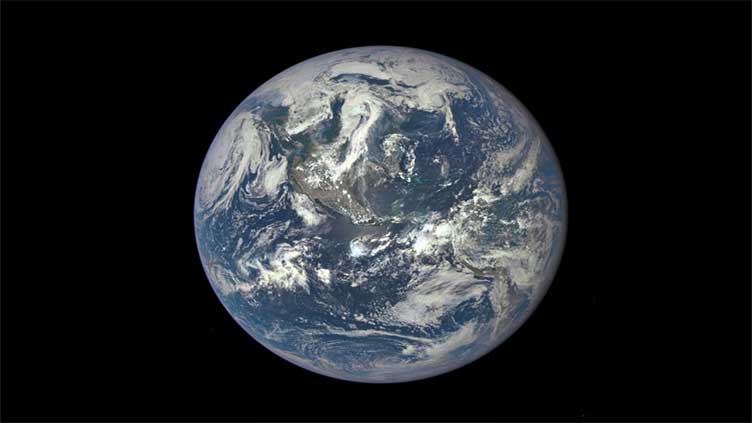A sprinkling of cosmic dust may have helped kick-start life on Earth

Technology
The origin of life on Earth has long remained a mystery
(Web Desk) - Cosmic dust may have helped to kick-start life on Earth, new research suggests. The findings challenge a widely held assumption that this was not a plausible explanation.
The origin of life on Earth has long remained a mystery. Many theories suggest that life emerged from "prebiotic chemistry," in which organic compounds formed and repeatedly self-organized until life as we know it developed.
However, scientists have noted that the rocks that make up Earth's surface are relatively deficient in reactive and soluble forms of the essential elements needed for this prebiotic process, such as phosphorus, sulfur, nitrogen and carbon.
In fact, life on Earth is engaged in "fierce competition" for the limited reservoirs of these elements, scientists wrote in a paper published in the journal Nature Astronomy earlier this year.
So how could life have evolved under such conditions?
The prevailing theory is that the ingredients necessary for life might have been delivered to Earth. However, it remains unclear how these materials could have reached our planet's surface without being destroyed in the process.
In the Nature Astronomy study, the scientists investigated whether fine-grained "cosmic dust" could provide an answer. This granular material is produced in space by the collisions of asteroids or the vaporization and disintegration of comets as they move around the solar system.
"In contrast to larger objects, the flux of cosmic dust to Earth is essentially constant on yearly timescales," they wrote. "Moreover, some fraction of cosmic dust grains pass relatively gently through the Earth's atmosphere, thereby retaining a greater fraction of primitive" elements than large impactors do.
Despite being a plausible delivery mechanism, this material is rarely considered in prebiotic theories because it spreads over a large area, perhaps making it less noticeable or harder to study in high enough concentrations, the team said.
But concentrated cosmic-dust deposits do form on Earth today through normal sedimentary processes.
"There are many planetary processes that can concentrate fine-grained materials from across large surface areas to form concentrated deposits," the team wrote.
For example, wind can blow dust and small particles into specific areas to create sand dunes. Rivers and streams transport and deposit fine sediments to form beaches. Glaciers move and deposit debris, leading to the formation of moraines. Each of these processes gathers and concentrates materials in particular locations.
Using astrophysical simulations and geological models, the team sought to quantify the flux and composition of cosmic dust that might have accreted on Earth's surface during the first 500 million years following an event known as the moon-forming impact — a theory that Earth's moon formed during a collision between Earth and a Mars-size object.
These types of collisions were common during the formation of the solar system.


